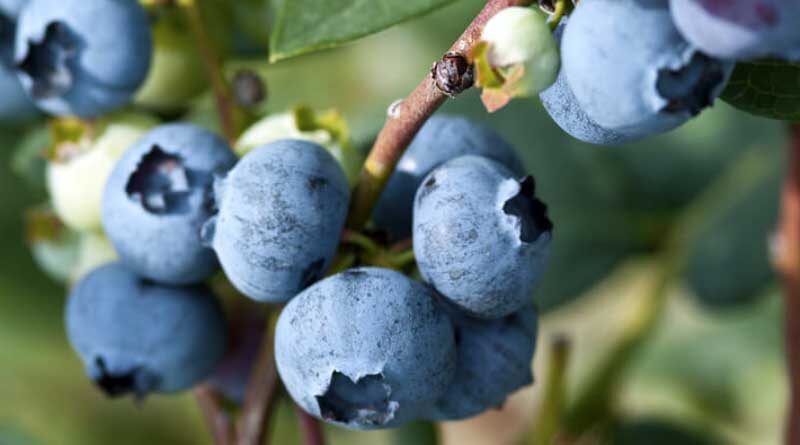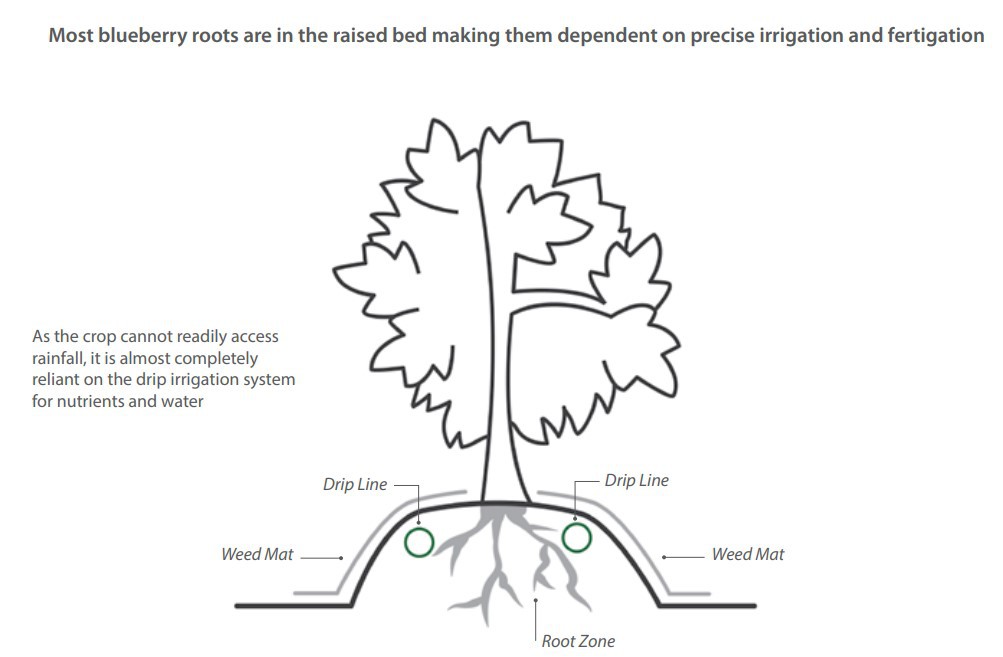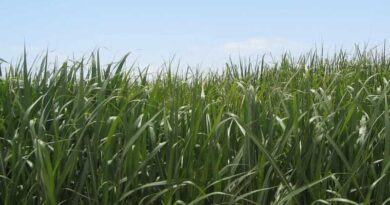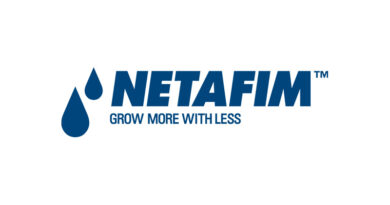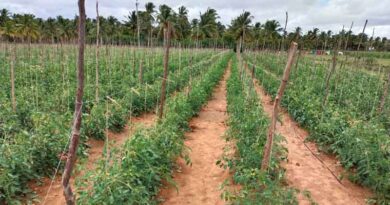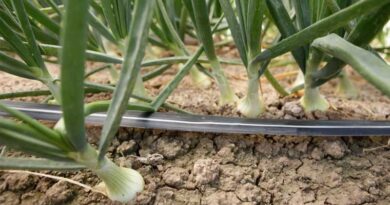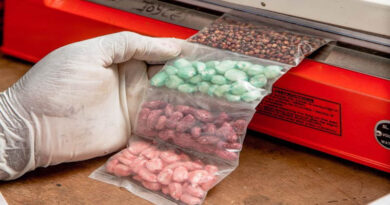Blueberries Irrigation – Two Techniques for Growing Blueberries
07 November 2021, California: Blueberries are a high value cash crop with very good revenue potential. However, they also come with steep production costs, and as a perennial shrub, are quite sensitive and demanding. They are a challenge to grow with unique water and soil requirements, and susceptibility to disease. Investing in a drip irrigation system to provide the right amount of water and fertilizer at the right time is one of the best ways to significantly increase your blueberry crop yields and quality.
Unique Attributes of Blueberries Irrigation
Blueberries have unique growing requirements that require equally unique production methods. Drip irrigation takes the challenge out of blueberry production.
Shallow Root System
Blueberries have shallow root systems with most roots in the top 20 – 30 cm of the soil surface which requires low-flow frequent irrigation schedules for efficient application
High Transpiration
Despite having a shallow root system, the blueberry shrub has a high evapotranspiration (ETo ) of 7 – 10 mm per day. Blueberries require frequent applications of water, especially during summer.
Soil Requirements (Low pH)
Most blueberry varieties require acidic growing conditions of 4.5 – 5.0 pH with high organic content and excellent drainage.
Susceptibility to Disease
With a tendency for leaf disease when exposed to humidity, the use of sprinklers as an irrigation method for blueberries is not recommended. By delivering the water directly to the root zone, drip irrigation prevents water exposure to the leaf.
One year of stress impacts future years harvest
Being a perennial shrub, every season counts, and blueberry crop growers need to be prepared for future harvests, which means planning irrigation for the worst possible climate conditions. Just one year of water stress will lead to reduced bud formation in the next year and lower yields.
Damp, not wet soil
Blueberries easily suffer from water-logging. Unlike crops that require prolonged irrigation periods, the roots of blueberries should be kept damp, not wet. Therefore, irrigation for 15 minute intervals, 6 – 8 times per day is common.
Two Techniques for Growing Blueberries
Option 1: Growing in Soil Growing in soil
is the most common method for growing blueberries and they can be grown in open field or in tunnels for weather/climate protection. Due to a combination of raised beds, weed mats/mulching, and a short root zone, blueberries are almost completely dependent on the irrigation system for water and nutrients and in most cases you need to irrigate as if it is a soilless/hydroponic system and not an in soil application. Important Drip Irrigation Principle: Grow as if you are using a soilless/ hydroponic system Although the blueberries are in-soil, in most cases you need to treat irrigation as if it is a soilless/hydroponic system (not an in-soil application). Blueberries require 200 – 300 mm/ha of irrigation per year. Almost all this water must come from the drip irrigation system. As the crop cannot readily access rainfall, it is almost completely reliant on the drip irrigation system for nutrients and water Most blueberry roots are in the raised bed making them dependent on precise irrigation and fertigation.
precise irrigation for blueberries
Important considerations for in soil growing
Create the perfect conditions for growing blueberries in-soil Raised Beds Blueberries have a shallow root system and are susceptible to water stress. Planting blueberries in raised beds is important for drainage and allows the roots to develop above the wet zone to prevent water logging. Beds should be raised 15 – 20 cm. Substrate As many soils do not have the optimum conditions for growing blueberries, it is often recommended to dig a trench and create a raised bed with the application of a substrate that is light in texture, for good air to water ratio, and has a pH of 4.0 – 5.0. Mulching /Weed Mat 10 – 15 cm of mulch should be applied with repeat applications once the mulch decomposes to 5 – 7 cm. Mulching regimes are important because the roots of blueberries will grow on the edge of the soil. If there is a high rate of mulch decomposition, the roots will become exposed without protection. Mulching may also be used in conjunction with a weed mat. Irrigation Timing Irrigation periods should be short (less than 15 minutes). With a small root structure and most of the root zone being in the raised bed, extended irrigation risks water logging and will cause water and nutrients to pass out of the beds and into the soil below where it cannot be accessed by the roots. Minimize Drainage from the Drip Line To prevent water from draining at shutdown, anti-siphon (AS) or a no-drain (ND) drip line should be used. Additionally, mainlines and submains should be designed so that their holding content is minimal and that their drainage through the drip lines at shutdown is minimal to prevent water logging.
How to Decide: 1 or 2 Rows of irrigation Drip Line
The decision of 1 or 2 rows of drip line is a common question and an important topic that needs to be expanded upon. Blueberries are shallow rooted but will extend to the width of the raised beds (up to 1 meter width). Providing water to more of the total root diameter will lead to increased nutrient uptake, reduced plant stress, better growth of young stems, and larger berry size1 .
Blueberries yield and harvest date chart
Two drip lines also act as an insurance policy. Because blueberries are so dependent on irrigation for water and nutrients, they are more sensitive to dripper failures. If only one drip line is used and the drip line is under mulch or a weed mat, it is difficult to detect blockages. By the time you know, it will be too late. If using one drip Line, placement is critical. The ideal location for single drip line is a minimum of 10 cm away from the base of the plant as that is where blueberry feeder roots are located. You should avoid placing the drip line near the center of the crown as it increases the risk of root diseases such as phytophthora.
Two Techniques for Growing Blueberries Option 2: Growing in Bags
Growing in grow bags is a method of blueberry production in greenhouses and tunnels. Although the growing method is difficult, it is often chosen to provide optimum growing conditions including low pH and adequate drainage. If growing in bags, there are a number of important considerations to take into account as you set up your system: Greater Sensitivity Growing in bags means a smaller margin of error than growing in soil. The grow bags have less nutrients, and therefore you need to carefully prescribe the exact nutrient application that needs to be delivered through the drip irrigation system Bag Sizes Growing in bags may require progressively larger bags over time. Do not confuse Soilless/Hydroponic pH and Soil pH Blueberries require a pH of 4.5 – 5.0 while the optimal solution for nutrients is between pH of 5.5 – 6.0. If the nutrient solution or growing medium is too alkaline or acidic, many of the nutrients will be lost. Additional Sulfur Requirements Blueberry plants use higher amounts of sulfur when compared to many other plants. Blueberries require more than standard formula of sulfur to be added. Irrigation Methods There are two common drip irrigation methods used for irrigation in grow bags.
Product Spotlights
Rivulis features a number of drip irrigation solutions to help you grow the highest quality, highest yield blueberry crops. From drip line to drippers, we have a solution no matter your terrain or field challenge. Rivulis D5000 AS and HydroPCND Drip Line Rivulis D5000 AS and HydroPCND provide the ideal solution for in soil and drip line over grow bag applications. Rivulis D5000 AS Ideal for flat ground and sloping ground. Anti-siphon (AS) mechanism reduces the speed of drainage during shut-down. This is important for blueberries to help prevent water logging at system shut down. Rivulis HydroPCND Water is sealed in the drip line when the pressure drops below 1.0 meter. The no-drain feature makes HydroPCND the ideal drip line for pulse irrigation as the water remains in the tube.
Rivulis Supertif PC Drippers
Trusted the world over for performance and flexibility, each Rivulis Supertif PC dripper features a self-cleaning mechanism and precision manufacturing for maximum reliability. Additionally, Rivulis Supertif PC provides multiple outlet configurations, variable flow rates, no-drain options with multiple sealing and opening pressures, and a wide range of accessories.

